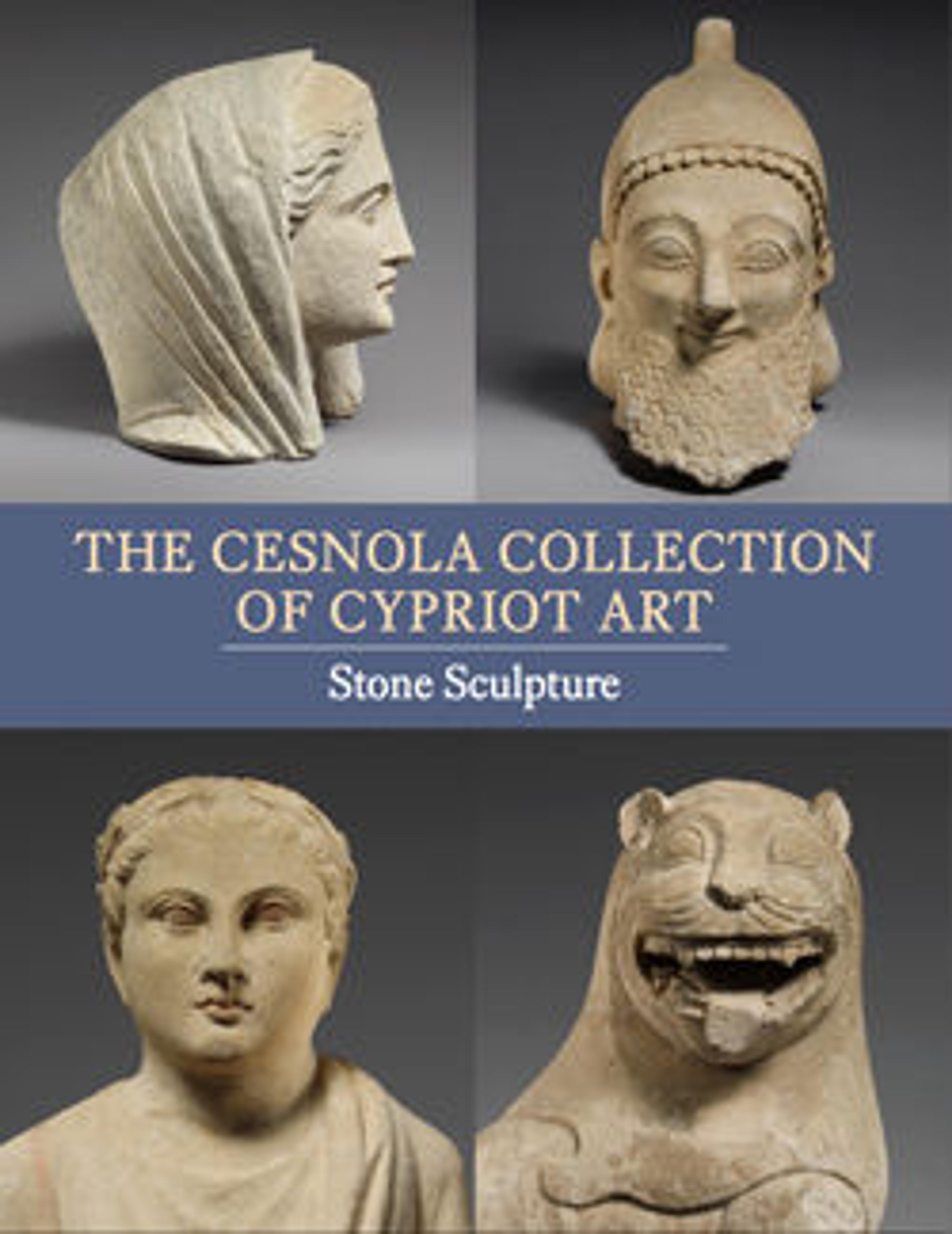Limestone Herakles
The statue was considerably reworked by Cesnola's "restorers" so that numerous features of the original are no longer clear. The proper left arm and the legs were certainly reattached; the original position of the right arm has also been obscured. Herakles wears a tunic, belt, modified kilt, and lionskin. In his left hand he held a bow, half of which appears against his body. (The pickle-shaped club that he brandished for many decades was added in modern times and has been removed.) On his right thigh are the ends of the arrows that he held in his right hand. Although the head 74.51.2857 indicates that Cypriot sculptors were working on a large scale as early as the beginning of the sixth century B.C., it was only during the second half of the century that monumental pieces were produced in some quantity.
Artwork Details
- Title: Limestone Herakles
- Period: Archaic
- Date: ca. 530–520 BCE
- Culture: Cypriot
- Medium: Limestone
- Dimensions: Overall: 78 × 19 × 12 in., 895 lb. (198.1 × 48.3 × 30.5 cm, 406 kg)
- Classification: Stone Sculpture
- Credit Line: The Cesnola Collection, Purchased by subscription, 1874–76
- Object Number: 74.51.2455
- Curatorial Department: Greek and Roman Art
More Artwork
Research Resources
The Met provides unparalleled resources for research and welcomes an international community of students and scholars. The Met's Open Access API is where creators and researchers can connect to the The Met collection. Open Access data and public domain images are available for unrestricted commercial and noncommercial use without permission or fee.
To request images under copyright and other restrictions, please use this Image Request form.
Feedback
We continue to research and examine historical and cultural context for objects in The Met collection. If you have comments or questions about this object record, please contact us using the form below. The Museum looks forward to receiving your comments.
